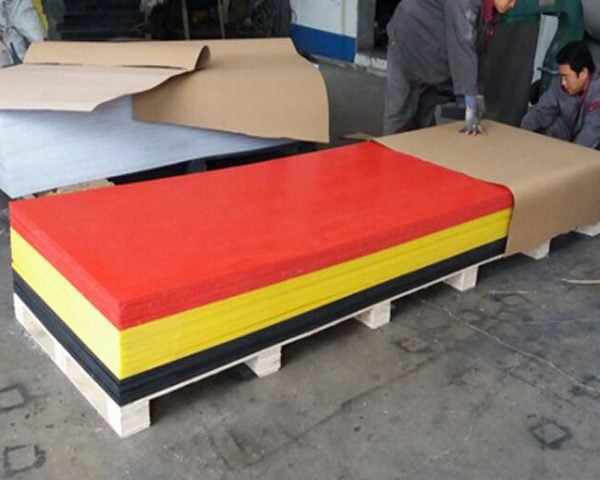- Have any questions?
- +86 185 63982630
- Lacey@peboards.com
How to distinguish HDPE plastic from LDPE plastic

What is HDPE sheet(High Density Polyethylene Sheet )?
08/30/2019
FDA publishes final guidance document for UHMWPE in orthopedic devices
09/04/2019How to distinguish HDPE plastic from LDPE plastic

HDPE plastic is generally opaque. After biting with a tooth, there will be white scars at the crack. It is relatively brittle and hard. It is used for packaging products, but LDPE is soft, tough, and transparent. The hand feels slippery and the sound from the hand is small.
According to the application, LDPE plastics are generally used for film products. HDPE can be used for drawing, injection molding, hollow and blown film products. The relative plastic products are: fishing nets, barrels, Wahaha bottles and bags. LDPE plastics are generally used in industrial films, mulch films, agricultural films, and the like.
A thin film, usually a plastic film with a thickness of about 15 μm, is a new film product developed with the development of high molecular weight resin. HDPE micro-thin film is replacing the paper and LDPE film market with the advantage of high quality and low price. The output has accounted for more than 90% of HDPE film. The development of HDPE micro-thin film is in the golden age.
HDPE micro-thin film characteristics Compared with other films, HDPE micro-thin film has many advantages, mainly in the following aspects:
- high paper-like, stiff and open, hardness of LDPE film 4 ~5 times.
- High strength and high toughness, at the same strength, the thickness is only 1/3~1/2 of the LDPE film.
- Good barrier, moisture and fragrance resistance.
- Good heat resistance.
- Good printability, processability and heat sealability.
The shortcoming of the HDPE micro-thin film is that the transparency is small and the barrier property against oxygen or the like is poor.
HDPE film-based resin HDPE film-grade resin is mainly used in the production of various vest bags, lining bags, garbage bags, and can also be used to produce mulch film. The thickness of the bag film is generally 15~30um, and the thickness of the thin film is about 6um.
In addition, HDPE film is non-toxic and odorless, and can also be used for food, clothing and knitwear packaging. It can be used as boxed snacks, candy lining materials, dry and wet foods, raw and cooked fish, pickles, fruits, snacks, medicines, etc. Packaging materials, economical and low-priced.
